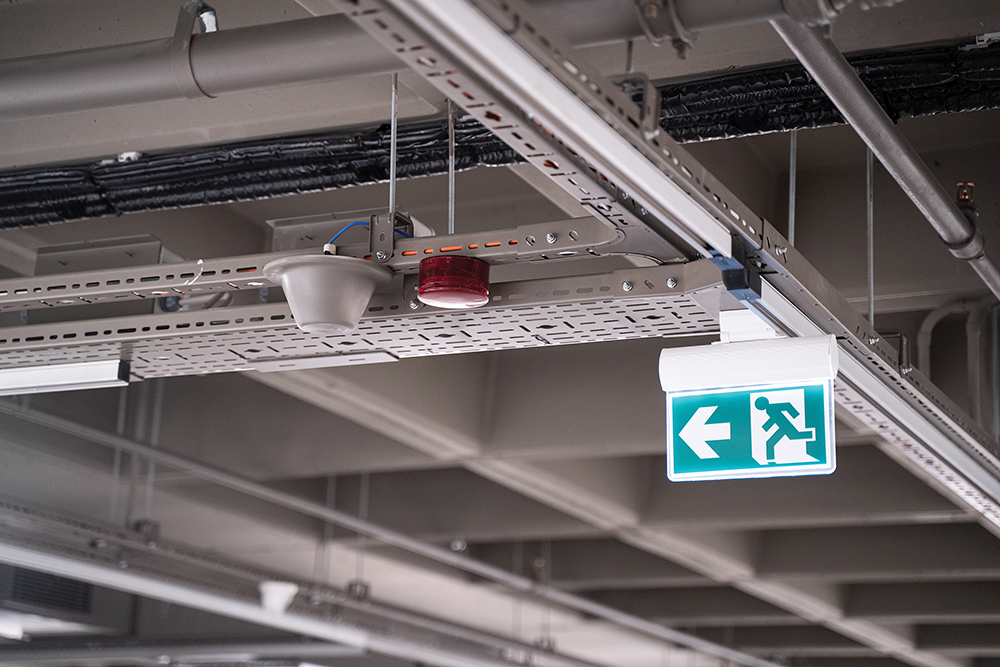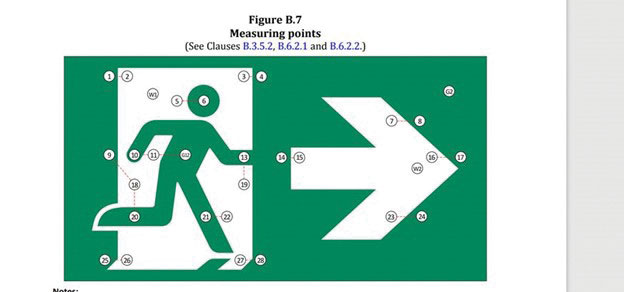In my experience, a discussion of conductor numbers and ampacities in cable trays is frequently met with a snicker or knowing smile. Could it be that the rule for wiring in cable trays is sometimes taken less than seriously? We have all seen trays overloaded with cables, if not at the time of installation, then in the fullness of time. Once the trays are in place as originally designed, it’s far too easy to add cables, especially when the trays follow a convenient route to the end destinations of the added cables.
Occasionally, people are surprised that there is a rule for cable trays and that it can greatly increase the minimum conductor sizes given in Tables 1 to 4. So in this article, let’s review the much maligned Canadian Electrical Code Rule 12-2210, Ampacities of Conductors in Cable Trays.
We will take a detailed look at the maximum permissible ampacities for conductors installed in ladder, ventilated and non-ventilated cable trays. For those of us less familiar with cable trays, Section 0 includes some very precise definitions for all three types. But for our purposes, it’s enough to know that all have side rails and a bottom. The bottom of a ladder tray looks something like a ladder where the spacing between the rungs exceeds 50 mm. A ventilated tray has a solid bottom that has ventilation openings not exceeding 50 mm in longitudinal length. A non-ventilated tray is totally enclosed on the top, bottom and both sides with no ventilation openings.
CEC Rule 12-2210 prescribes that when installed in a cable tray, allowable conductor and cable ampacities are based on Tables 1 to 4 for copper and aluminum conductors with adjustments based on the spacings between cables and the type of tray selected.
When spacings between cables in a ladder or ventilated tray are maintained at greater than 100 percent of the largest cable diameter in the tray, the minimum conductor ampacities may be determined from:
- Tables 1 or 3 for copper or aluminum single-conductor cables; or
- Tables 2 or 4 for copper or aluminum multiple-conductor cables, ampacities corrected in accordance with Table 5C for the number of conductors when they exceed three per cable.
For example, with 100 percent of the largest cable diameter spacing maintained, a cable that contains six current-carrying conductors would require a correction factor of 80 percent based on Table 5C, applied to the ampacities derived from Tables 2 or 4.
When spacings between cables in a ladder or ventilated tray are maintained at any distance between 25 percent and 100 percent of the largest cable diameter in the tray, the allowable ampacities obtained as above would need to be further corrected in accordance with Table 5D unless a deviation from the rule is permitted. Table 5D is arranged in up to six conductors or cables arranged horizontally and two rows vertically.
If for example we decide to install a single layer of five cables horizontally in a ladder or ventilated tray, spaced at 50 percent of the largest cable diameter apart, the allowable ampacity as determined from above example would need to be reduced to 83 percent in accordance with Table 5D.
But hold on—the most exciting part is yet to come! When cable spacing in a ladder or ventilated tray is less than 25 percent of the largest cable diameter in the tray or for any spacings in a non-ventilated tray, the allowable cable ampacities are based on Tables 2 or 4 for copper or aluminum conductors corrected in accordance with Table 5C for the total number of conductors in the tray.
Let’s say for example we have four 3-conductor cables in a ladder tray, spaced less than the 25 percent of the largest cable diameter apart. And let’s suppose that all of the conductors are considered as current-carrying as defined in the CEC. This would give us twelve conductors in the tray. Table 5C shows that the allowable ampacities of the cables in this tray would need to be corrected to 70 percent of their Table 2 or 4 ratings. No doubt everyone faithfully applies Table 5C as shown in this example at every given opportunity.
At the end of Rule 12-2210, there is a reminder that the cable ampacities must be further reduced when the trays are installed in a location where ambient temperatures may exceed 30ºC. For example, when installing 90ºC rated conductors in a location where the ambient temperature may reach 40ºC, a further correction to 90 percent of the above calculated values would be necessary.
As with earlier articles, you should always consult the electrical inspection authority in each province or territory as applicable for a more specific interpretation of any of the above.










Find Us on Socials